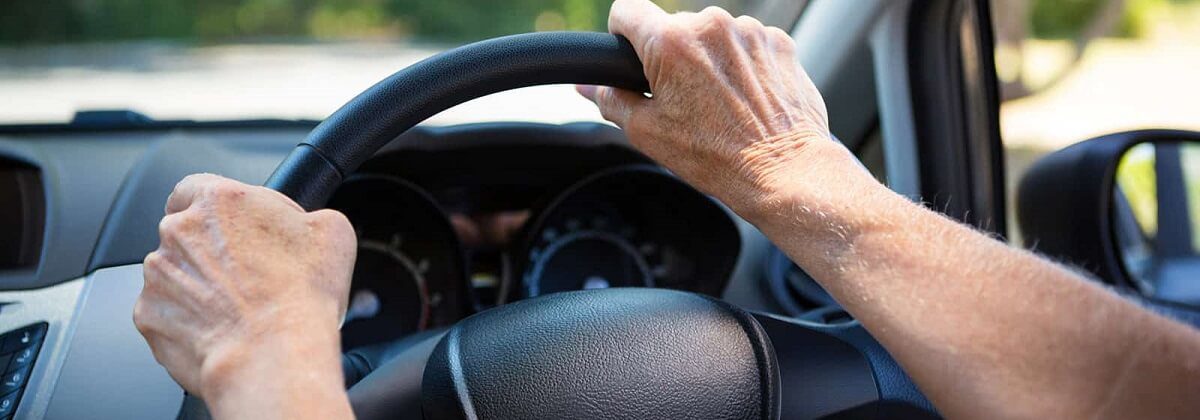Do you know what your vehicle can do? Do you know its safety systems?
The Vehicle Familiarisation Training consists of two parts as follows; a concise theory session covering the introduction to the vehicle, pre-journey checks and safety procedures followed by practical in-vehicle tuition in which drivers apply the principles taught.
Theory Session – Approximately 2 hours
- Daily/Weekly vehicle checklist – Safety Checklist
- Safety checks mounting/dismounting cockpit drill, seating position, controls, mirror, starting up
- Personal Safety, i.e. clothing/footwear, sleeves-belts-hair
- Safe speed on/off public roads working in public areas, car parks, etc.
- Difficult driving conditions in regard to loads – weather – reversing
- Participants are encouraged to discuss and ask questions as the various topics are covered
In-Vehicle Session – Approximately 1 hour per person
Introduction to the Vehicle:
The daily driver inspection will vary dependent upon the vehicle and it’s use. Other than a check of oil, water and fluid levels, there are some additional items that can also be checked quickly.
- When approaching the vehicle look for evidence of leaks, oil or fuel.
- Walk around the vehicle observing operation of lights and indicators, condition and inflation of tyres, and any fresh damage to the body or glass.
- Turn on and check all lights – Hazard warnings etc.
- In the seat, start the engine. Check all vital gauges or indicator lights, know what every light represents. Check the operation of the horn and windshield wipers. Check rear view mirrors for correct settings. Check travel of brake pedal and clutch.
- “POWER” -Petrol/Diesel, Oil, Water, Electrics and Rubber
- Brakes
- Defects
- Glass and Lights
- Doors
- Mirrors
- Handbrake / Gear Check
- Seat and Head Restraints
Safe Use of Vehicles (where applicable)
- Hitching/Unhitching where applicable
- Communicating with “helpers” / banksman etc.
- Movement of people / vehicles around the vehicle
- Secure loads – proper racking & tie points
- Low centre of gravity
- Safe loading, unloading
- Movement of loads in transit. Fully loaded – part loaded
- Loading at correct height
- Overhead power lines / cables
Assessment/Certification:
Each participant will be assessed on their driving techniques in a number of areas and a certificate of attendance will be awarded at the end of Vehicle Familiarisation Training.
